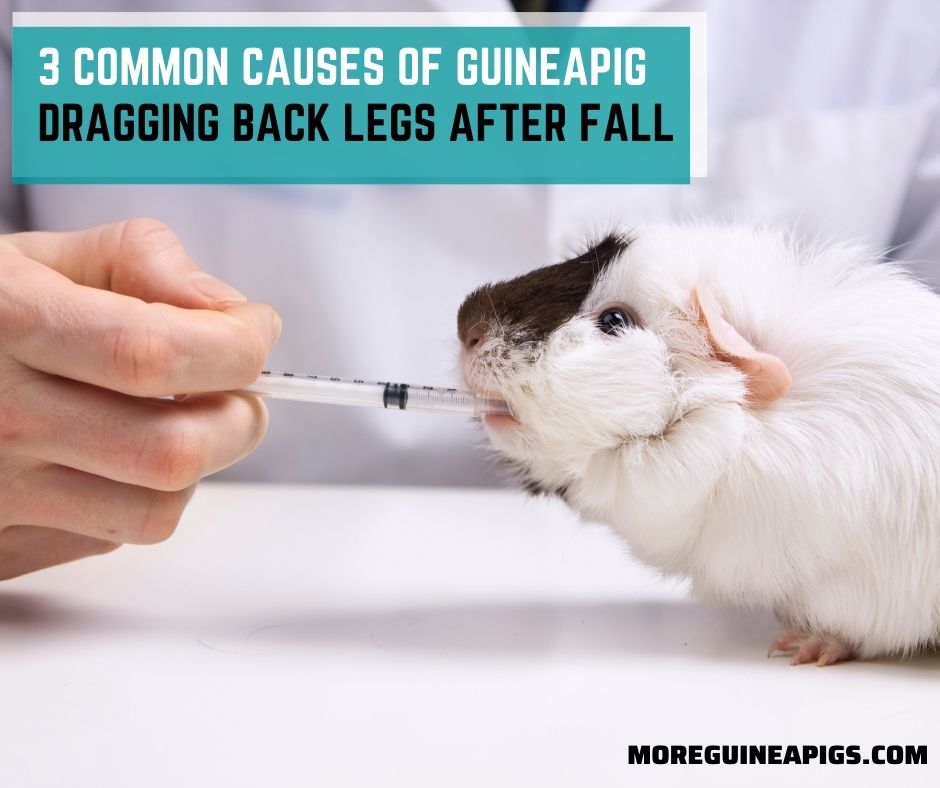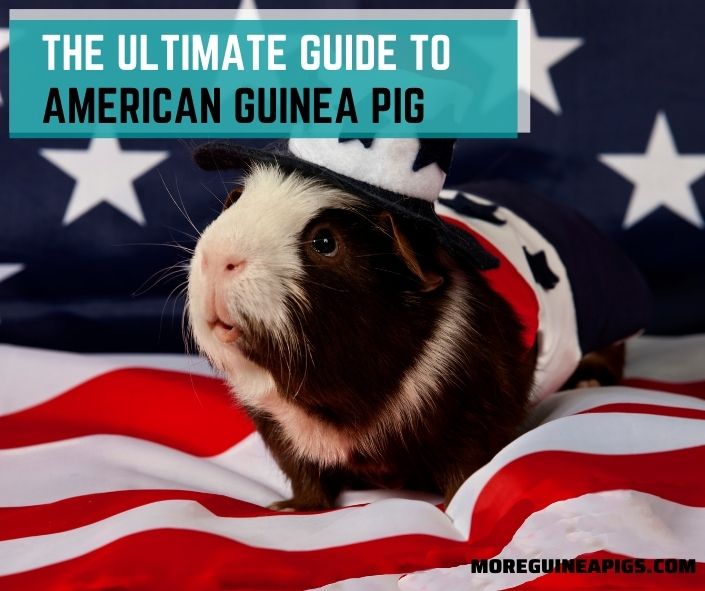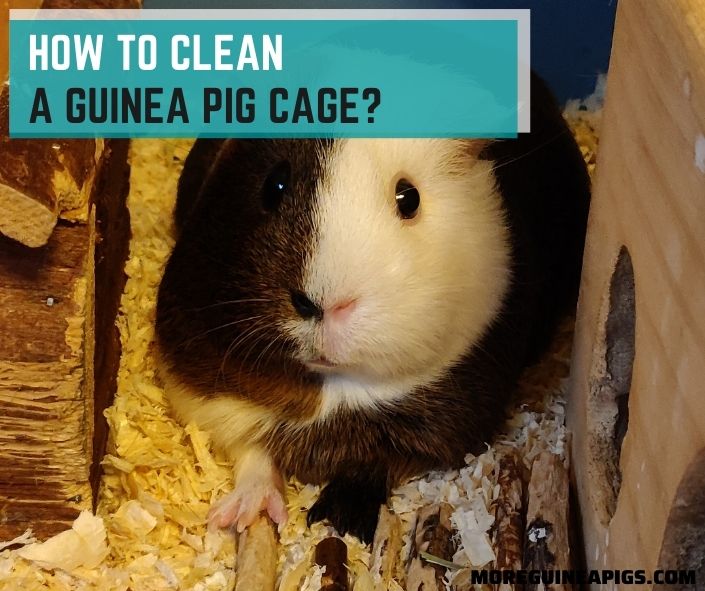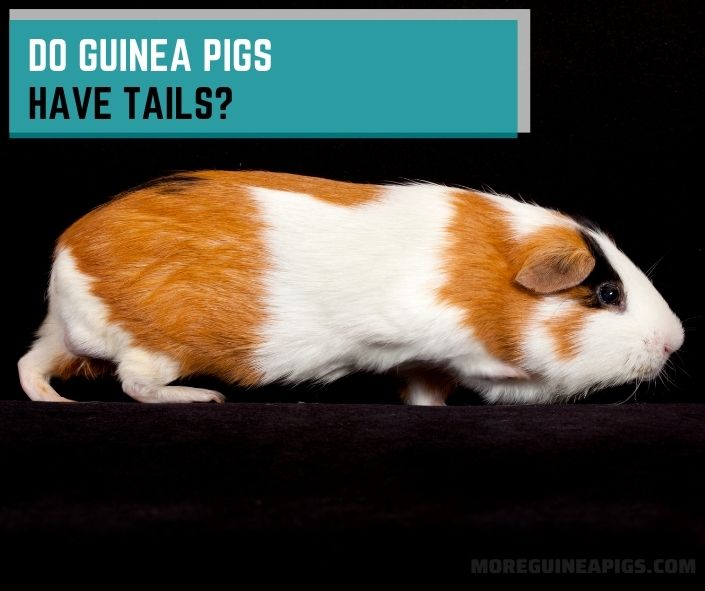3 Common Causes of Guinea Pig Dragging Back Legs After Fall
Guinea pigs become susceptible to a variety of physical issues as they grow. Another most prominent problem is guinea pigs dragging back legs after. As pets get older, people become more concerned about their pets’ health.
In this article, we’ll look at how guinea pig parents can help their little ones avoid health problems like back leg paralysis. The numerous causes of back leg problems will also be discussed in the article.
As a result, the article will assist readers in protecting their guinea pigs against various physical problems.
3 Common Causes of Guinea Pig Dragging Back Legs After Fall
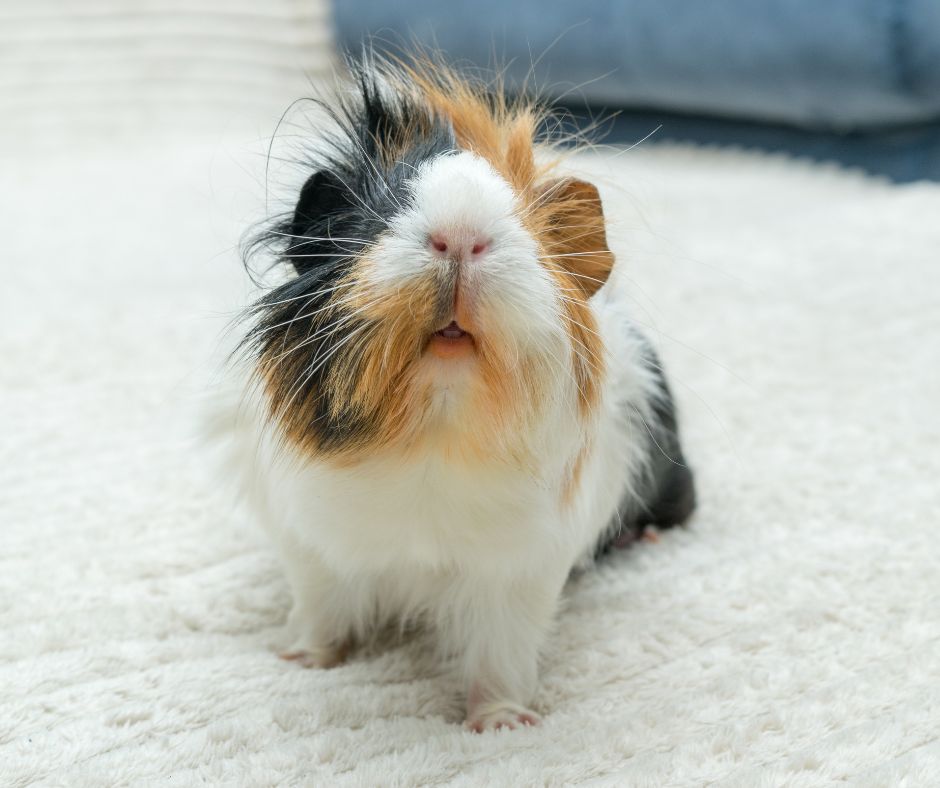
There may be several causes of guinea pig dragging back legs after fall, but common causes are fracture, hind limb paralysis, scurvy, and bacterial or parasitic infection.
When a guinea pig falls from a certain height, it may suffer a fracture in the back leg or spine, causing the back legs to drag.
The condition must be managed and treated on a regular basis. Guinea pig needs a lot of rest to recover from it. Inappropriate care and handling, on the other hand, might result in limb paralysis due to infections and nutritional deficiencies.
A veterinarian uses X-rays, blood tests, urine analyses, and other tests to identify the exact cause of dragging back legs. An X-ray can easily diagnose any fracture or dislocation, but blood and urine tests are required to determine the cause of infection or deficiency.
A veterinarian will prescribe medication based on the source of the problem. Anti-inflammatory medicines, painkillers to ease pain, and multivitamins are all effective treatments for guinea pig dragging legs.
Sign Of Scurvy Due to Vitamin C Deficiency
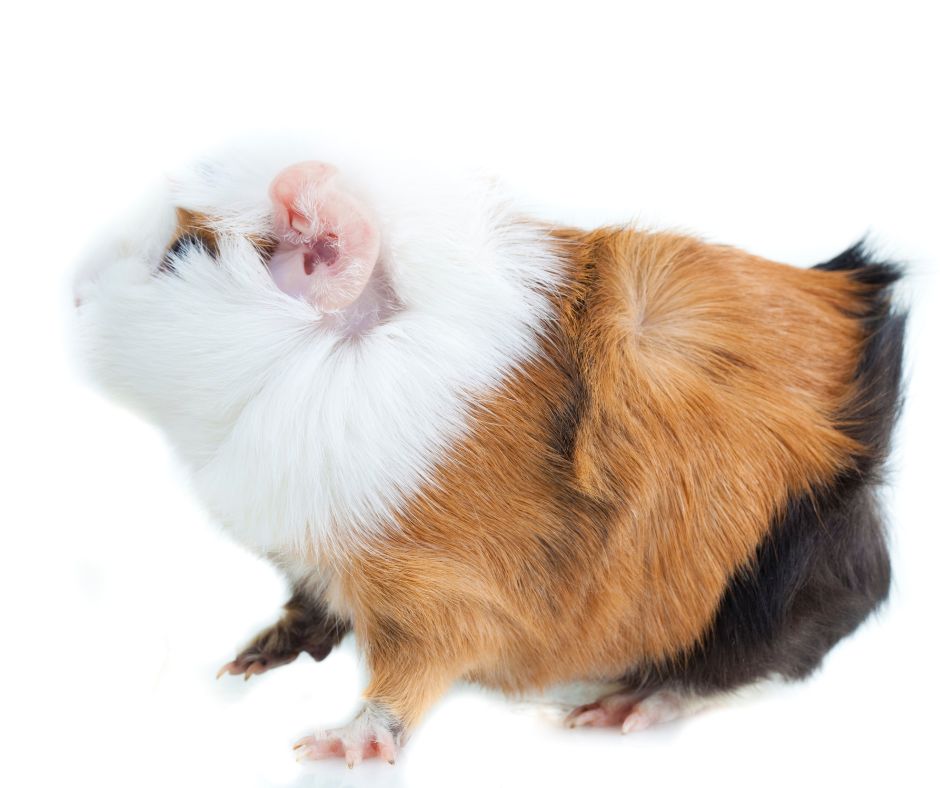
Guinea pigs are susceptible to scurvy that occurs due to Vit C deficiency. Scurvy develops when the guinea pig’s diet is deficient in Vit C. It may also occur when guinea pig fails to absorb Vit C from the intestine due to any physical health problem.
Scurvy signs and symptoms vary depending on the degree of the condition. Dragging legs, swollen joints, lethargy, difficulty in walking, hemorrhagic muscles, loss of appetite, and weight loss are all common symptoms.
Whenever you see these symptoms in your guinea pig, you should pay special attention to its nutrition and consult a veterinarian.
A veterinarian may recommend dietary Vit C for guinea pigs or treat the condition with a Vit C injection given through the parental route. It is vital to treat any health issues that a pig may have before treating with vitamin supplements. As a result, the absorption and metabolism of vitamin C may be hampered.
Guinea pigs can recover from scurvy if appropriate treatment and care are provided. If a guinea pig receives appropriate medication and frequent exercise (as recommended by a veterinarian based on the pet’s condition), recovery can take anywhere from 1 to 3 weeks.
Oxbow Natural Science Vitamin C Supplement – Vitamin C for Guinea Pigs and other Small Animals
Paralysis Due to Injury or Stroke
A stroke or an injury can cause complete or partial paralysis. Usually, paralysis occurs due to injury in the spine or any major dislocation. Dragging legs, loss of appetite, swelling and redness of the injury site, and inability to move are some of the signs and symptoms.
It is necessary to visit a vet immediately. He/she will examine the condition and prescribe medication. It requires continuous rest to recover, however, a vet may give analgesics to relieve pain.
It takes months to recover from paralysis, and we should be seeing regular improvement. Sadly, euthanasia must be considered if recovery is not expected, pain cannot be controlled or quality of life is no longer there.
Paralysis Due to Bacterial Infections
Vit C deficiency as well as skin disease, mites and wounds leads to secondary bacterial and parasitic infections which cause paralysis.
Bacteria such as staphylococcus bacteria can enter through wounds or diseased skin, thus can cause infect the spine leading to complete paralysis.
Common symptoms may be nasal and eye discharge, frequent urination, hair loss, and tilted head.
It can be treated with antibiotics, steroids, and disinfecting the cage regularly to prevent further entering of bacteria. A pig may recover from an infection in a few weeks if it receives frequent therapy.
Otherwise, the guinea pig may become completely paralyzed and die of a neurological infection.
How Does a Guinea Pig Use Their Hind Legs?
The guinea pig hind legs are the most significant locomotory parts of the body. Their hind legs assist them in moving quickly. They often use back legs to stand and observe the area. Guinea pigs use their back legs to jump and run faster in the wild.
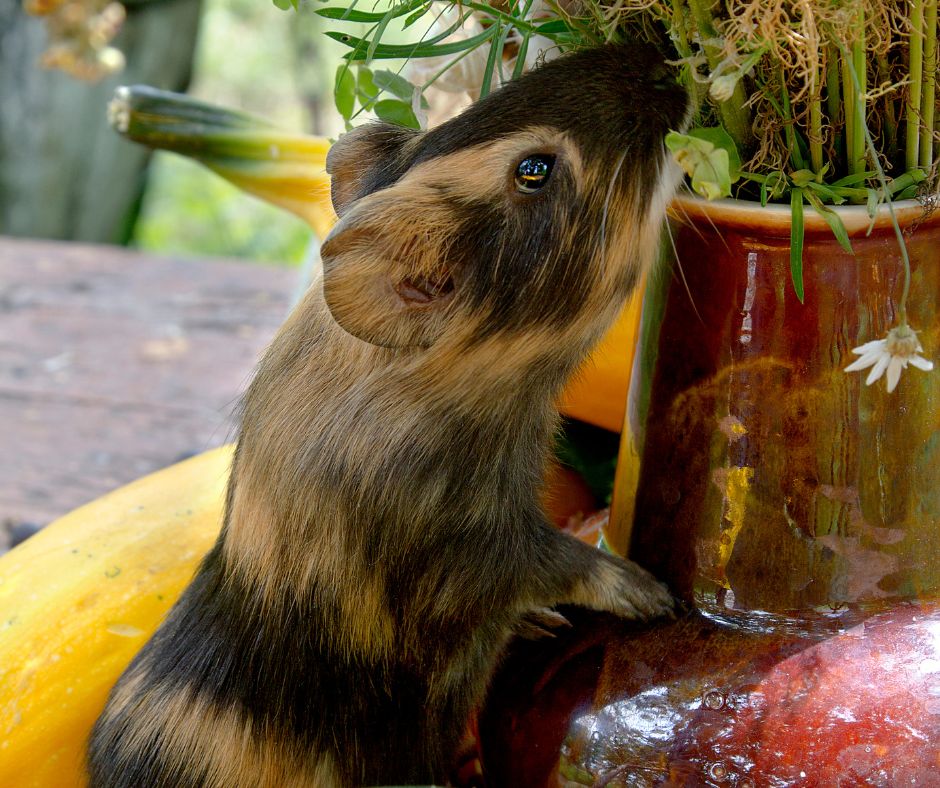
How Long Will Guinea Pig Live with Back Legs Paralysis?
It depends on the cause of back leg paralysis. If the guinea pig’s paralysis is caused by a bacterial or parasite infection, the infection will spread quickly, and the guinea pig will not live long.
Serious issues like spinal injuries or fractures will usually mean the guinea pig does not recover and the kindest thing to do is to put them to sleep.
Last Sentences:
As guinea pigs are susceptible to back leg injury and paralysis. Pet parents must take precautions to avoid such problems. Guinea pig owners should provide a balanced diet to their pigs. Pet parents should not let their guinea pigs to play at heights.
Cleaning the cage on a regular basis is also necessary to avoid bacterial infections. Consult a veterinarian if a guinea pig shows signs of back leg injury or paralysis to treat the problem and avoid further complications.
